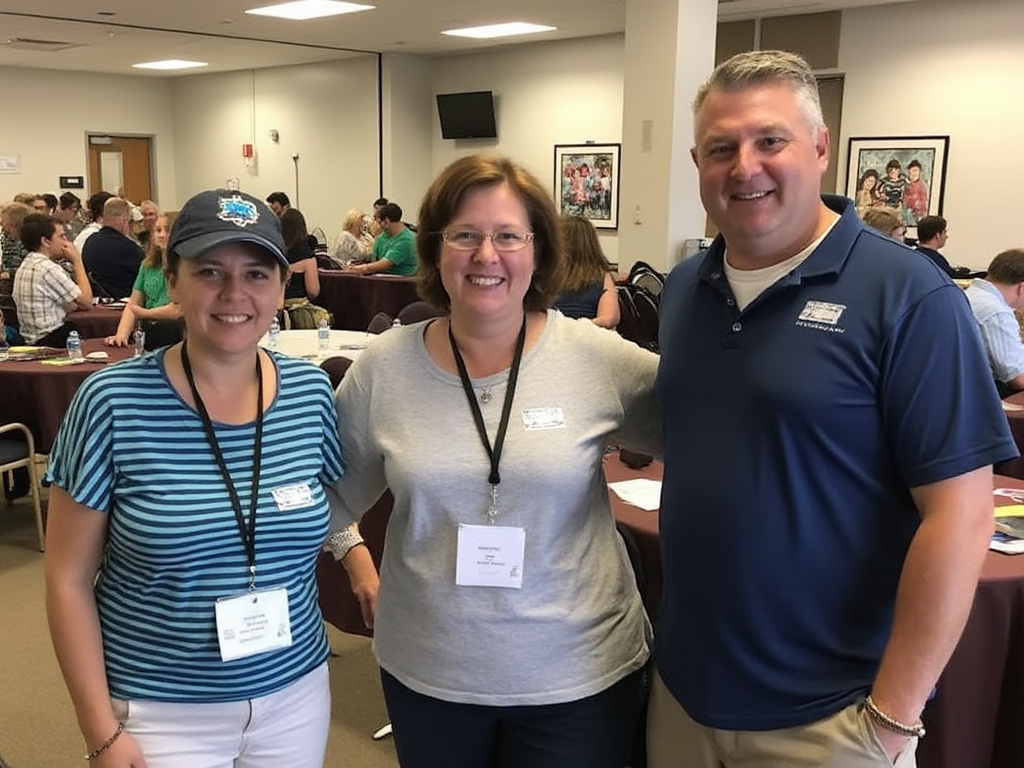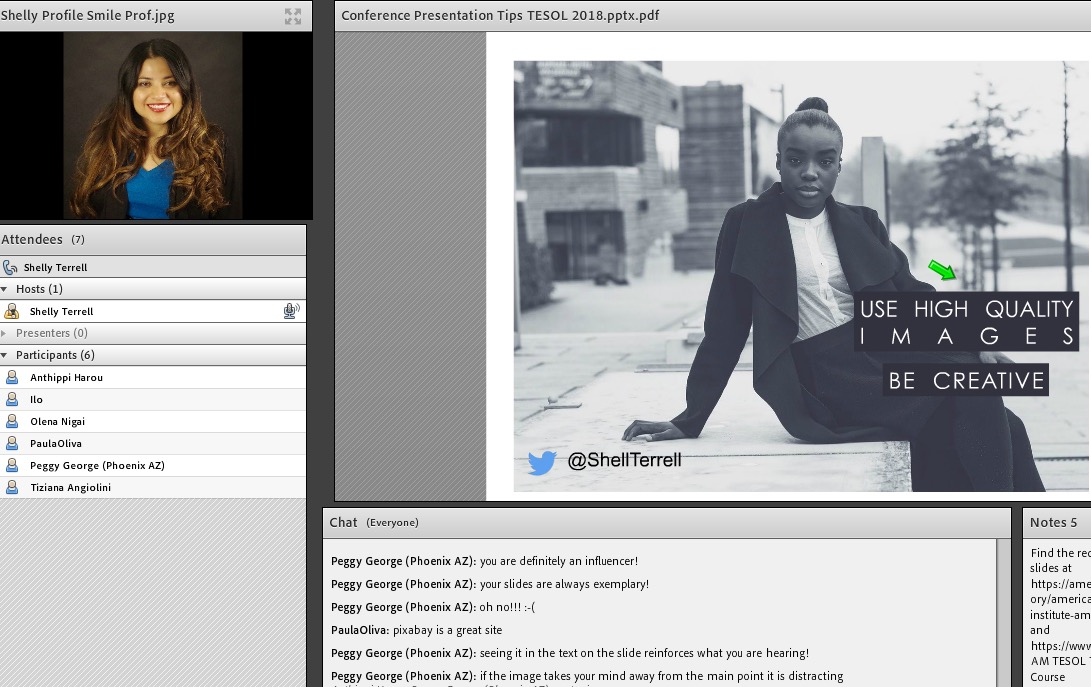Presenting at a conference can be a transformative experience for TESOL teachers, providing a platform to share insights, network with fellow educators, and learn new techniques. Whether you’re a seasoned speaker or it’s your first time, here are some tips to help you make the most of your presentation and leave a lasting impact.
1. Know Your Audience and Tailor Your Content
Understand the background of your audience—are they new to TESOL, or are they experienced educators? Knowing this can help you adjust your terminology, examples, and overall depth. Make sure your content addresses current trends or challenges in TESOL to keep it relevant.
2. Structure Your Presentation Clearly
Start with a brief overview, outlining what participants can expect. Break down the main points in a logical order, using clear transitions. A well-organized presentation is easier for listeners to follow and ensures your key points are memorable. Aim to cover three main takeaways that your audience can implement in their teaching practices.
3. Engage with Stories and Examples
Use real-life examples and stories from your own teaching experiences to illustrate points. Personal stories resonate and help illustrate abstract concepts in a tangible way. For example, share how you’ve implemented a particular strategy or tool and discuss the results.
4. Incorporate Visuals and Interactive Elements
Visual aids like slides, infographics, or short videos make your content more engaging. Be mindful of text overload—use visuals to support your points rather than crowd your slides. Interactive elements, such as quick polls, question prompts, or brief group discussions, can keep your audience engaged and involved.
5. Practice Effective Time Management
Rehearse your presentation to ensure it fits within the allotted time. Allocate time for Q&A at the end, which is often where deeper engagement happens. Having a sense of timing not only keeps you on track but shows respect for your audience’s schedule.
6. Prepare for Questions
Be ready for questions by thoroughly knowing your material and anticipating potential queries. When you don’t know the answer, acknowledge it honestly and offer to follow up after the presentation. Engaging confidently with questions builds trust and reflects your expertise.
7. Network and Follow Up
Conferences are ideal for networking, so bring business cards or have a QR code with your contact information ready. Encourage attendees to connect with you on professional platforms or reach out with additional questions. Following up with a brief email or resources can reinforce connections and open doors for future collaborations.
8. Reflect and Improve
After your presentation, take a moment to reflect on what went well and what could be improved. Consider any feedback from attendees and jot down notes on adjustments for next time. Self-reflection helps you continually refine your presentation skills and make an even greater impact in future conferences.
Conclusion
Presenting at conferences is an exciting opportunity to share your expertise and contribute to the TESOL community. By planning thoughtfully, engaging your audience, and networking effectively, you can make your presentation both memorable and impactful. These tips can help you not only inform but also inspire other educators, enhancing their practices and fostering a community of continuous growth in TESOL.
Right now you can begin making connections with the educators attending the conferences where you’ll be presenting. Check to see if the conference has an app or hashtag so that you can begin sharing on these platforms. Discover more tips for designing your presentation and connecting with colleagues by watching the YouTube recording of our recent webinar, Tips for Presenting at Conferences.
To learn more about integrating technology to support English language learners, attend our bimonthly TESOL webinars at 4pmET/9pmUK every other Friday.




